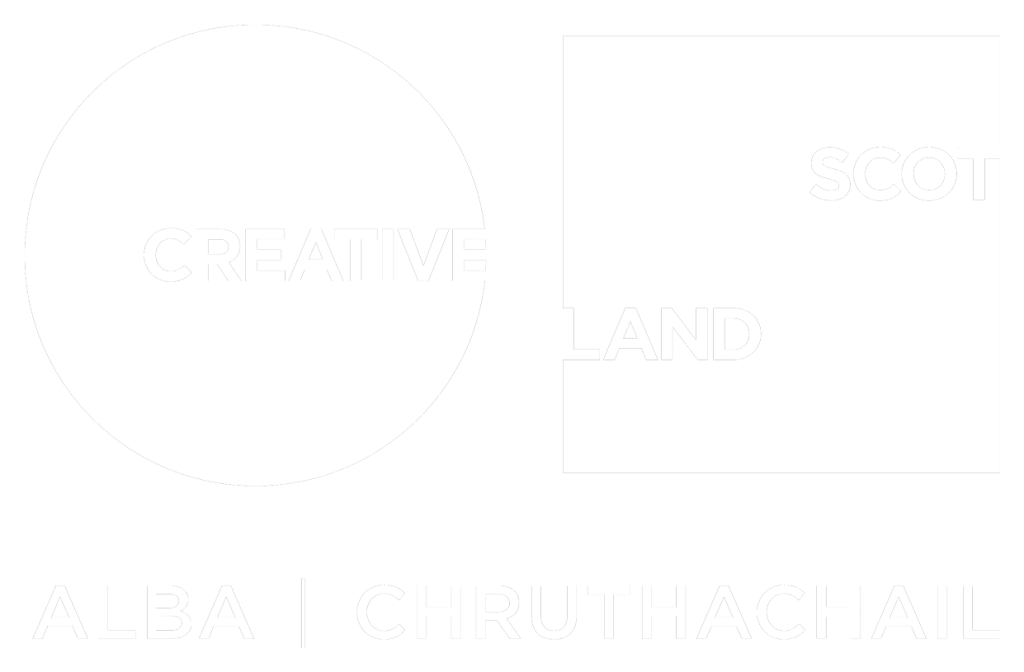In September 2020 we conducted the Youth Theatre in Scotland Sector Review, where we asked the sector to tell us more about the youth theatre activity they run. Well, the results are in!
The Sector Review was for all groups who use drama or performance in their work with young people. We asked questions about groups up to March 2020, including the number of participants and staff they had at that point, as well as age ranges and demographics of the young people they worked with.
The responses helped us capture the big picture of the sector, and identify the ways we can develop further, and the feedback you gave us helped to sharpen the focus of our work.
The data from the COVID-19 Impact Survey focussed on the post-lockdown part of 2020 (little did we know in September that there was another lockdown on the way…) and helped us secure funding to provide grants that would help the sector adapt and thrive. Combined with the Current Use of EDI Data Survey, the responses showed us what we needed to put centre stage in our activities.


What’s the outcome?
We invited the sector to bring along their pieces and see where it slotted into the national puzzle on Thursday 6 May 2021. In our Devising the Future: A Sector Revue event, we investigated the findings of the sector review and learned how organisations can utilise it to shape their future. We’d encourage the sector to use the report to invigorate funding applications, support communities, and build strong, resilient youth arts organisations.
During the session we presented the key findings of the report, as well as reflecting on how this represents what we know about the sector in Scotland, and devised a way forward together. Our Miro board from the event was full of reactions and reflections, as well as thoughts on how we can apply the findings of the report going forwards.

Reflections from Breakout Sessions
Below are some of the thoughts shared during the breakout discussions and reflection exercises, which focussed on Workforce, Artform, and Sector Development.
Workforce
Fair and transparent pay and working conditions are important to show staff they are valued.
- The Scottish Artists’ Union and the Museums Association could provide Scotland’s youth theatre sector with useful guidelines on rates of pay when setting salaries.
- If hiring freelancers, organisations should take into account planning time and travel time/costs, and these should be reimbursed where possible/required.
- Organisations should consider what additional benefits they can provide to staff, for example training opportunities or time off in lieu.
Artform
Youth theatre and participation should not be seen as an add-on: it is an integral part of an organisation’s work.
- We need more young people’s voices on main stages. Young people deserve and need these platforms to tell their stories and demonstrate the value, social impact and benefits of youth theatre and participation to wider organisation and audiences.
- Youth theatre can take many forms. Diversity in the type of work made with young people brings a richness to the sector and can offer different artistic experiences to young people.
- Many groups are increasingly working in a multidisciplinary way. From filmmaking to audio, movement and visual arts – often due to the constraints of creating work during a pandemic. Adopting this way of working could allow the sector to be more creative or forward-thinking in approach.
- During the pandemic, most work has focussed on holding people together rather than creating performance. Subsequently there is likely to be a real desire to come together again to share performances and tell stories once we are able to do so.
Sector Development
We work better when we work together.
- More opportunities are required for youth theatre practitioners to develop practice in collaboration with their peers and organisations.
- Continue building shared knowledge and a sense of community across geographical boundaries through online meetings, as well as in-person events.
- Look for opportunities to collaborate with partners both within and outwith the youth theatre sector. These cross-sector collaborations could inform work, create additional opportunities, support networks for participants, and offer new perspectives.
- Understanding the diversity of membership could help organisations to grow, reflect a range of experiences, develop audiences, and offer new opportunities both to practice and the young people who participate. By seeking out EDI training and using reporting processes well, organisations will be able to better understand their individual situations, and better tailor support to their groups.
- Groups could allocate time to connect more with each other – to see each other perform to collaborate, or to engage in shared processes. Seeking out projects that offer such opportunities, such as getting involved in one of YTAS’s festivals, checking out what other groups are up to, and sharing work with the rest of the sector via YTAS channels of communication.






